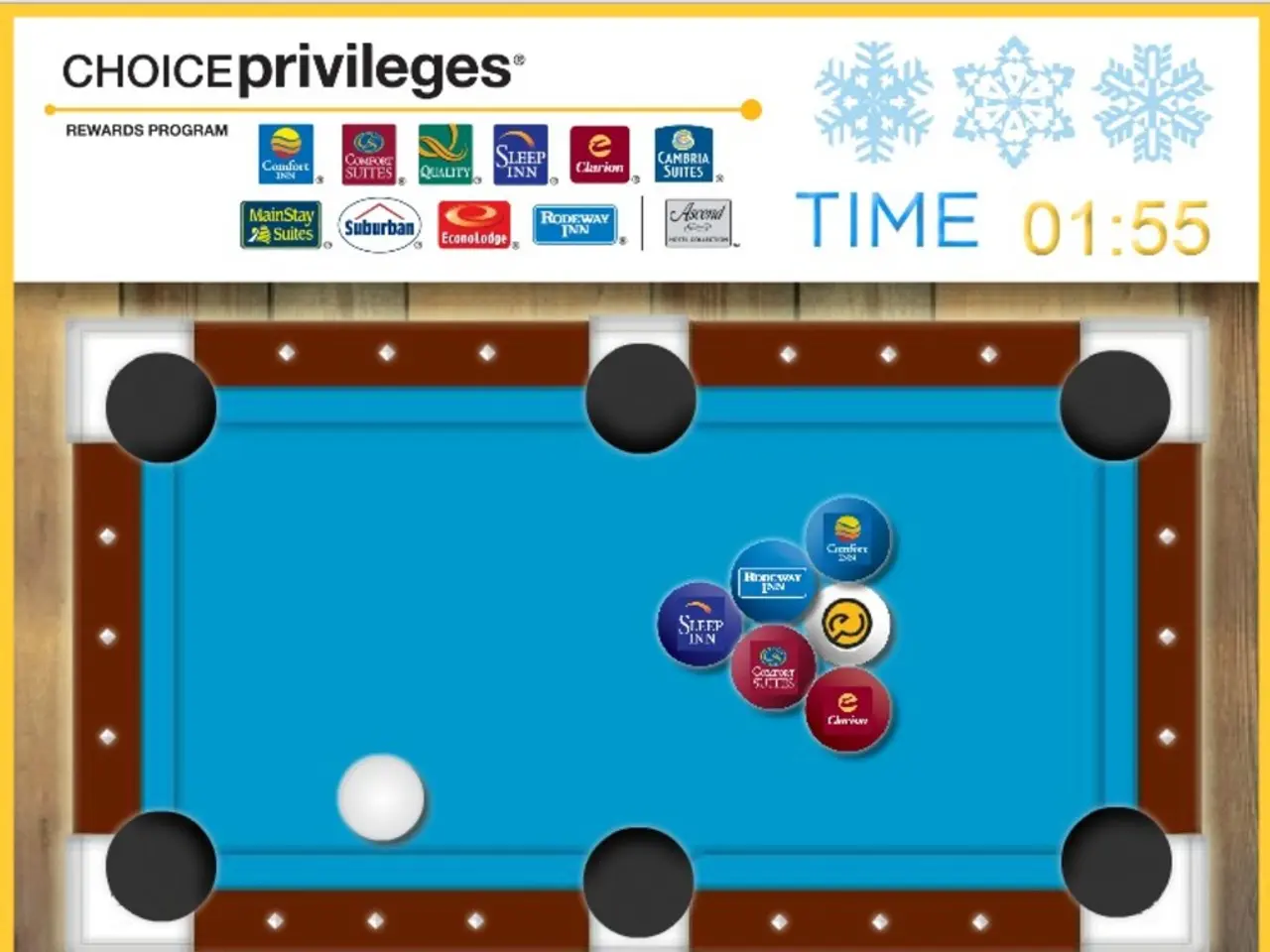The Evolution and Demise of Flash Games: Exploring the Major Elements Contributing to Their Boom and Bust
In the early 2000s, Flash games dominated the web, offering a new form of entertainment that captivated millions. However, the rise of mobile gaming and the advent of HTML5 marked a significant shift in the industry.
One of the first popular HTML5 games that replaced Flash games was Angry Birds, which was released in its HTML5 version in May 2011. This beta version was playable in WebGL- or Canvas-enabled browsers, marking an early major hit transitioning from Flash to HTML5 technology.
Another significant milestone was the emergence of the .io game craze, starting notably with Agar.io. These simple yet engaging multiplayer games, such as Slither.io, Diep.io, and ZombsRoyale.io, demonstrated that minimalist HTML5 games could attract millions worldwide without needing Flash.
Other notable early HTML5 games like CrossCode and HexGL demonstrated advanced gameplay and graphics capabilities possible with HTML5, further cementing the shift away from Flash.
Browser and device compatibility, absence of security risks associated with Flash plugins, and mobile-friendly design were drivers of this transition. As Adobe discontinued Flash support by 2020, HTML5 emerged as a more secure and versatile option.
BlueMaxima's Flashpoint preserved over 150,000 Flash games and 25,000 animations in the world's largest digital gaming archive. Despite these efforts, true Flash gaming won't return in its original form.
Java-based applications gave way to native mobile apps that ran smoother and faster. Players could jump into matches within seconds, compete against others worldwide, and share their high scores effortlessly.
Popular titles like Slither.io (2016), Diep.io, ZombsRoyale.io, Surviv.io, Shellshock.io, Hole.io, and Snake.io dominated online multiplayer gaming for years.
Adobe discontinued Flash Player support on January 12, 2021, due to security vulnerabilities and HTML5's superior performance. The Internet Archive also works to preserve thousands of SWF files for future generations.
Virtual reality (VR) and augmented reality (AR) developers still use Flash's core principle: make complex interactions feel intuitive and immediate. HTML5 games don't require extensions to play, improving accessibility across all devices and browsers.
Flash games can be accessed offline through BlueMaxima's Flashpoint project, which offers two versions: Ultimate (31GB download) and Infinity (2.2GB download). The Ruffle emulator also functions as an open-source emulation plug-in that revives SWF files on modern browsers, allowing for the playback of Flash content without the original Flash Player plugin.
The legacy of Flash games continues to echo in modern development, with design patterns and principles still being used today. However, the era of Flash gaming has passed, and HTML5 has taken its place as the dominant technology for browser-based gaming.
Artificial-intelligence is now being incorporated into modern HTML5 games, providing more immersive gaming experiences and challenging opponents from all around the world. The shift from Flash to HTML5 technology has opened up new possibilities for the delivery of engaging gadgets without the need for Flash plugins.
With vast improvements in technology, upcoming devices promise to deliver even smoother gameplay in HTML5, revolutionizing the way we interact with digital games and artificial-intelligence-powered characters.




